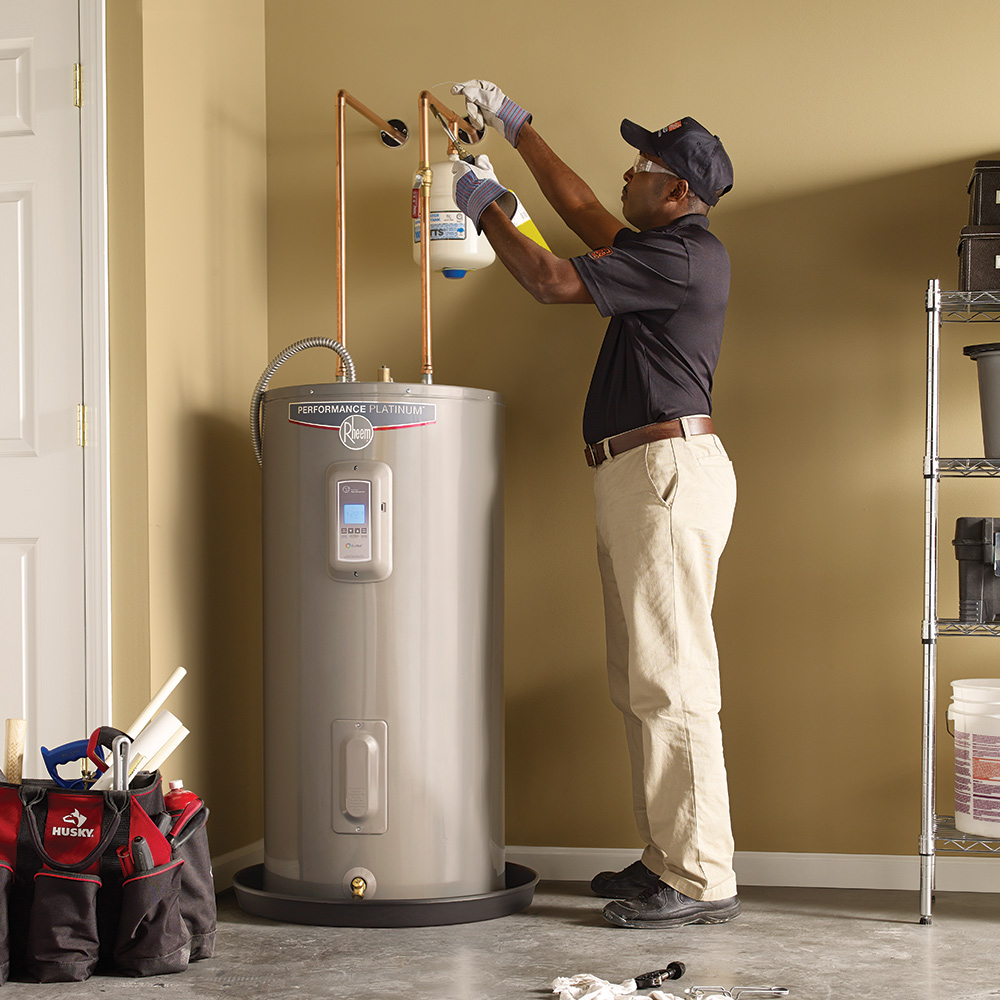Listed here below you can get a good deal of sensible advice on the subject of What Kind of Maintenance Do Water Heaters Need?.

Warm water is essential for day-to-day comfort, whether it's for a refreshing shower or cleaning dishes. To ensure your hot water system runs efficiently and lasts much longer, routine maintenance is vital. This write-up offers functional ideas and understandings on exactly how to maintain your home's warm water system to stay clear of interruptions and costly fixings.
Intro
Preserving your home's warm water system could appear overwhelming, yet with a couple of straightforward actions, you can ensure it runs efficiently for several years to find. This guide covers everything from recognizing your warm water system to do it yourself maintenance ideas and understanding when to call in expert help.
Significance of Keeping Your Hot Water System
Routine upkeep not only prolongs the life expectancy of your hot water system but likewise ensures it operates efficiently. Disregarding upkeep can bring about lowered efficiency, greater power costs, and also early failing of the system.
Signs Your Hot Water System Demands Upkeep
Recognizing when your warm water system needs focus can protect against significant issues. Watch out for signs such as irregular water temperature, weird noises from the heater, or rustic water.
Recognizing Your Warm Water System
Before diving right into upkeep jobs, it's handy to recognize the basic elements of your hot water system. Commonly, this includes the water heater itself, pipes, anode poles, and temperature level controls.
Month-to-month Maintenance Tasks
Routine regular monthly checks can help capture small problems before they rise.
Purging the Water Heater
Flushing your water heater removes sediment buildup, boosting performance and lengthening its life.
Monitoring and Changing Anode Rods
Anode poles avoid deterioration inside the container. Examining and changing them when worn is important.
Examining and Changing Temperature Level Setups
Readjusting the temperature settings ensures optimum performance and security.
DIY Tips for Upkeep
You can execute a number of maintenance tasks yourself to maintain your warm water system in leading problem.
Checking for Leakages
Consistently inspect pipelines and connections for leaks, as these can result in water damages and higher expenses.
Checking Pressure Relief Valves
Testing the stress relief valve guarantees it operates properly and stops too much pressure accumulation.
Shielding Pipelines
Shielding hot water pipes decreases warmth loss and can conserve energy.
When to Call an Expert
While DIY upkeep is valuable, some problems need specialist experience.
Complex Issues Requiring Expert Help
Instances consist of major leakages, electrical problems, or if your water heater is continually underperforming.
Routine Specialist Maintenance Conveniences
Specialist maintenance can include comprehensive assessments, tune-ups, and ensuring conformity with safety standards.
Conclusion
Regular upkeep of your home's hot water system is necessary for efficiency, long life, and cost financial savings. By complying with these ideas and understanding when to seek expert help, you can make sure a trusted supply of warm water without unanticipated disruptions.
How to Maintain an Instant Hot Water Heater
Before tinkering with your hot water heater, make sure that it’s not powered on. You also have to turn off the main circuit breaker and shut off the main gas line to prevent accidents. Also turn off the water valves connected to your unit to prevent water from flowing into and out of the appliance. 2. When you’re done, you have to detach the purge valves’ caps. These look like the letter “T” and are situated on either side of the water valves. Doing so will release any pressure that has accumulated inside the valves while at the same time avoid hot water from shooting out and burning your skin. 3. When the purge valves’ caps are removed, you have to connect your hosing lines to the valves. Your unit should have come with three hoses but if it didn’t, you can purchase these things from any hardware or home repair shops. You can also get them from retail stores that sell water heating systems. Read the user’s manual and follow it to complete this task properly. When the hosing lines are connected, open the purge port’s valves. 4. You should never use harsh chemical cleaners or solutions when cleaning your unit. Make use of white vinegar instead. It should be undiluted and you’ll probably use about 2 gallons. 5. Now flush your water heater. This task should probably take about 40 minutes. We can’t give you specific directions for this because the procedure is carried out depending on the type, model and brand of your heater. With that being said, refer to the user’s manual. 6. When you’re done draining the unit, you have to turn off the purge port valves again. Remove the hosing lines that you earlier installed on each of the water valves. Put the valve caps (purge port) back in their respective places and be very careful so as not to damage the rubber discs that are found inside these caps. 7. Now that everything’s back in place, check your user’s manual again to find out how to reactivate your water heating system. 8. Once it is working, turn one of your hot water faucets on just to let air pass through the heater’s water supply pipes. Leave the tap on until water flows smoothly out of it. https://www.orrplumbing.com/blog/2014/september/how-to-maintain-an-instant-hot-water-heater/

We were made aware of that write-up about Water Heater Maintenance Tips You Can't Afford to Forget through a friend on another blog. Sharing is good. Helping people is fun. Thanks for your time. Revisit us soon.
Click For More Information